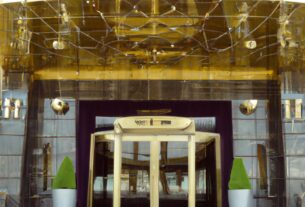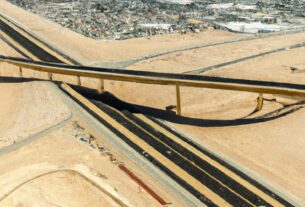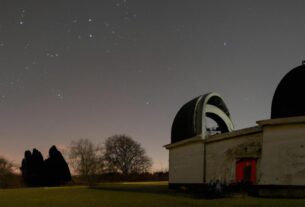Did you know that the Godfather was inspired by a real-life Mafia boss from Sicily? When we think of the Godfather, the image of Vito Corleone, played by Marlon Brando, immediately comes to mind. In this article, we will delve deeper into the connection between the Godfather and Sicily. Join us as we explore the real-life Vito Corleone and the captivating history and culture of the Sicilian Mafia.
The Real-Life Godfather: Vito Corleone
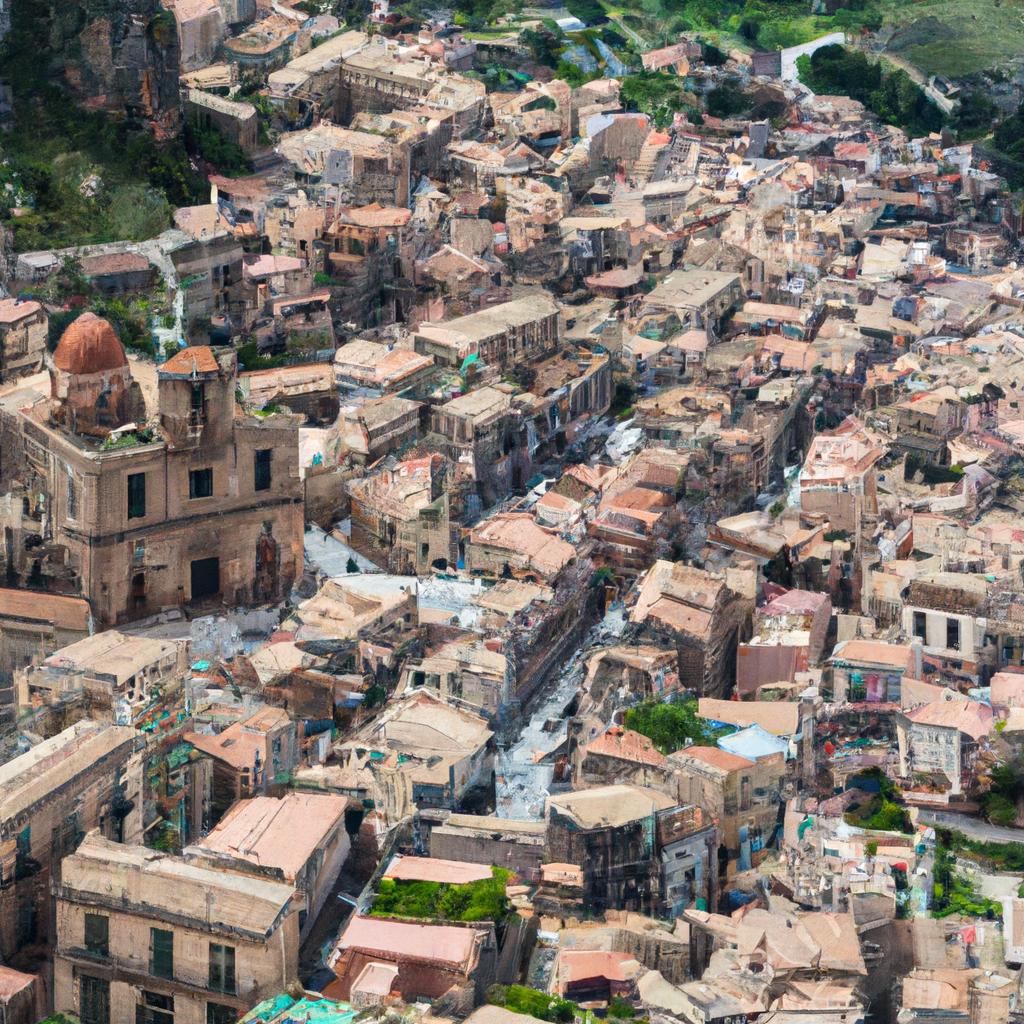
An aerial view of Corleone, the birthplace of Vito Corleone in The Godfather
Vito Corleone, also known as Don Corleone, is the central character of the Godfather. But did you know that he was based on a real-life Sicilian Mafia boss named Salvatore Maranzano? Born in 1886 in Castellammare del Golfo, a small town in Sicily, Maranzano immigrated to the United States in 1925. He quickly rose to power in the Mafia and became the boss of bosses in New York City. However, Maranzano’s reign was cut short when he was assassinated in 1931.
While the character of Vito Corleone is not an exact replica of Maranzano, there are undeniable similarities between the two. Both possess power, respect, and influence within the Mafia. Maranzano’s legacy lives on through the Godfather, immortalizing him as one of the most iconic Mafia bosses of all time.
Sicilian Mafia: History and Culture
![]()
Tourists visiting the iconic Bar Vitelli in Savoca, Sicily
The Sicilian Mafia, also known as Cosa Nostra, is a criminal organization that originated in Sicily during the late 19th century. Infamous for its secrecy, violence, and influence over politics, business, and society, the Mafia has left an indelible mark on Italy and beyond.
The roots of the Sicilian Mafia can be traced back to the 1860s when Sicily became part of Italy. The new government was weak and corrupt, failing to provide basic services and protection to its citizens. In this environment, the Mafia emerged as an alternative system of justice and governance, offering protection and settling disputes among its members.
Over time, the Sicilian Mafia grew in power and influence, becoming a dominant force in Sicilian society. Operating in secrecy, its members used violence and intimidation to maintain control. The Mafia also established a strict code of conduct known as “omertà,” which prohibits members from cooperating with law enforcement or revealing the organization’s secrets.
Today, the Sicilian Mafia remains a significant criminal organization, although weakened by law enforcement and internal conflicts. Its history and culture have been immortalized in popular culture, including the Godfather. The film is not only a cinematic masterpiece but also a tribute to Sicily, showcasing the island’s beauty, history, and culture. Many of the most memorable scenes were filmed on location in Sicily, contributing to the movie’s authenticity and charm.
Savoca and Forza d’Agrò
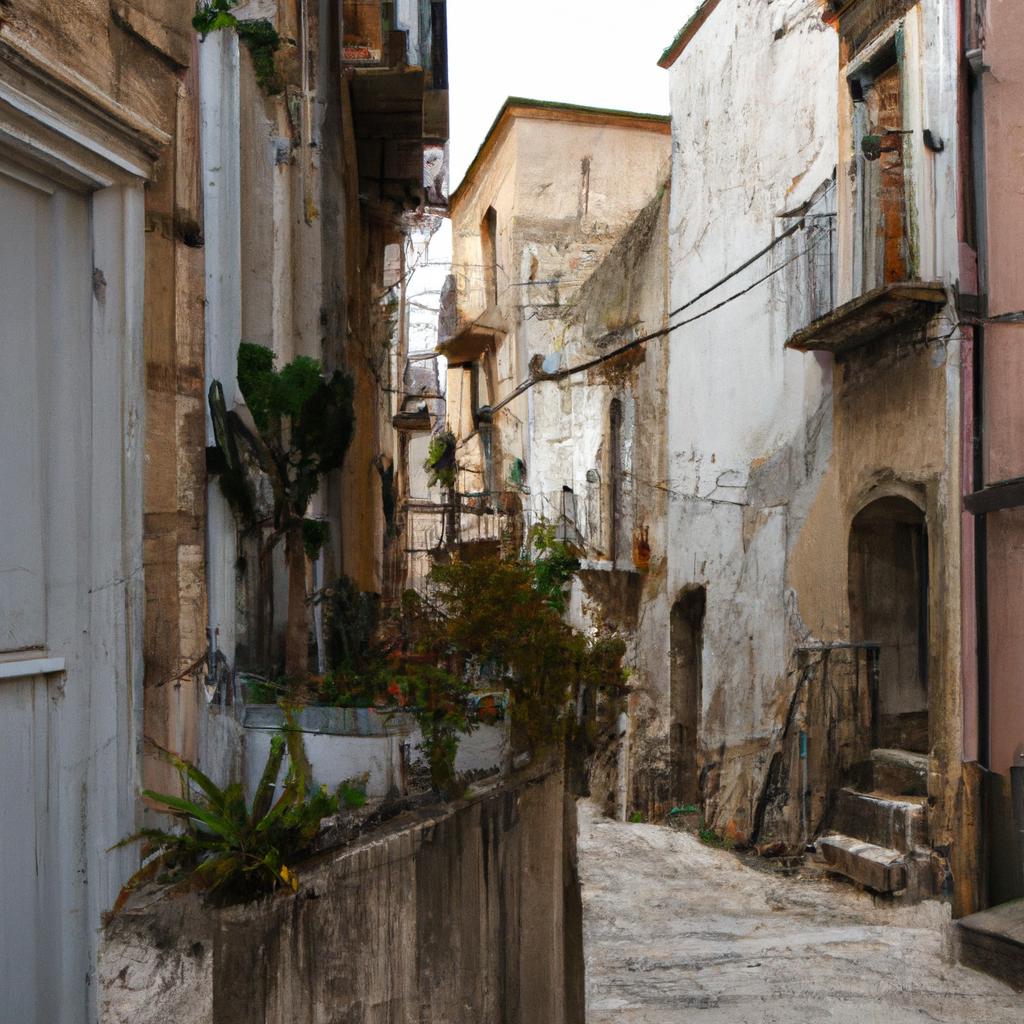
A picturesque Sicilian village with narrow streets and traditional architecture
Savoca and Forza d’Agrò are two small towns located in the province of Messina, Sicily. They are renowned filming locations in the Godfather, serving as the backdrop for many unforgettable scenes.
In Savoca, visitors can step into the Bar Vitelli, a small bar featured in the film’s opening scene. Preserved to resemble its appearance in the movie, the bar boasts vintage furniture and photographs of the cast and crew. Meanwhile, in Forza d’Agrò, tourists can visit the Church of Sant’Agostino, where Michael Corleone’s wedding took place. The church’s stunning Baroque architecture and panoramic views of the surrounding countryside make it a must-see destination for Godfather enthusiasts.
Taormina
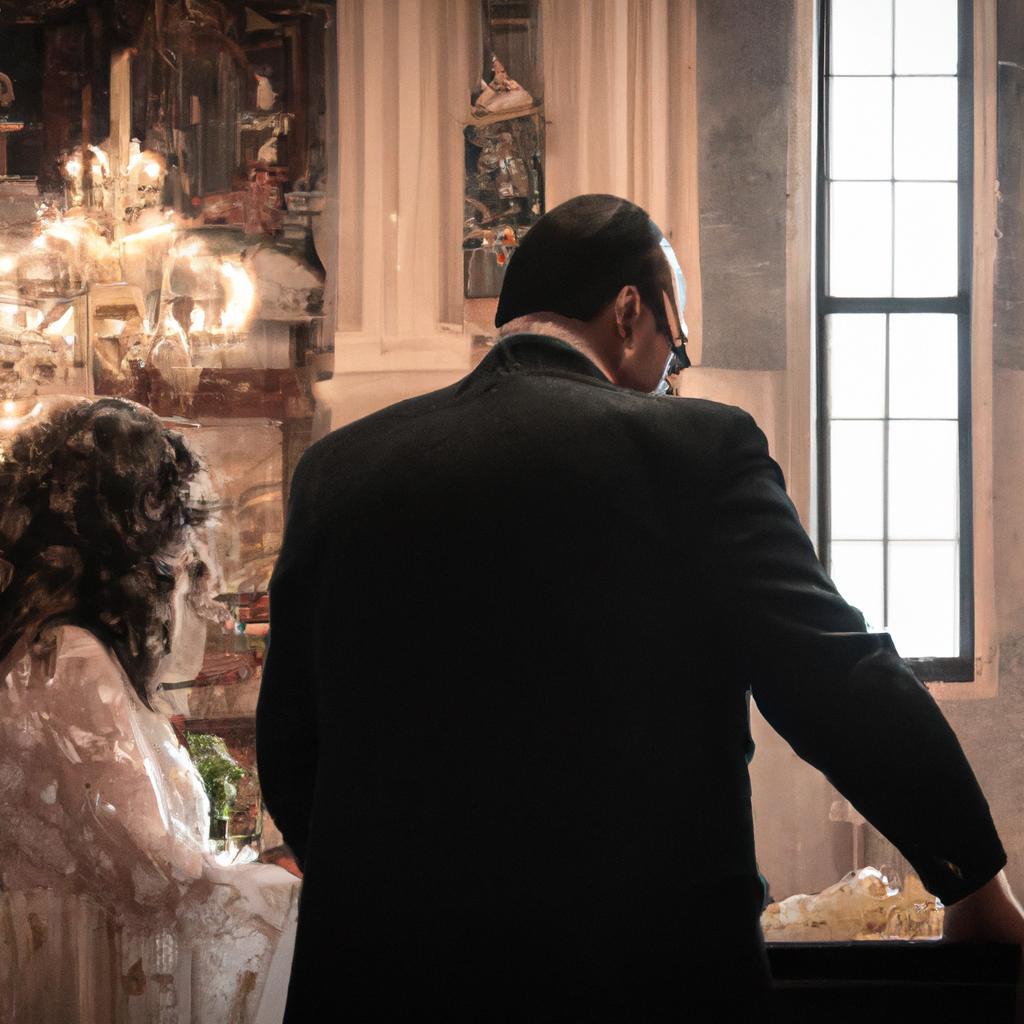
A Godfather-inspired wedding ceremony in a beautiful Sicilian church
Taormina, a picturesque town situated on the east coast of Sicily, is renowned for its stunning beaches, ancient ruins, and enchanting medieval streets. It is also one of the filming locations in the Godfather, providing the backdrop for the iconic scene where Michael Corleone meets his brother Fredo.
Visitors to Taormina can explore the town’s numerous attractions, including the ancient Greek Theatre, which offers breathtaking views of Mount Etna and the picturesque countryside. They can also savor the town’s gastronomic delights, such as fresh seafood, pasta, and wine.
In the next section, we will delve into the influence of the Godfather on Sicilian tourism and the rise of Godfather-themed tours and experiences in Sicily.
Sicilian Mafia: History and Culture
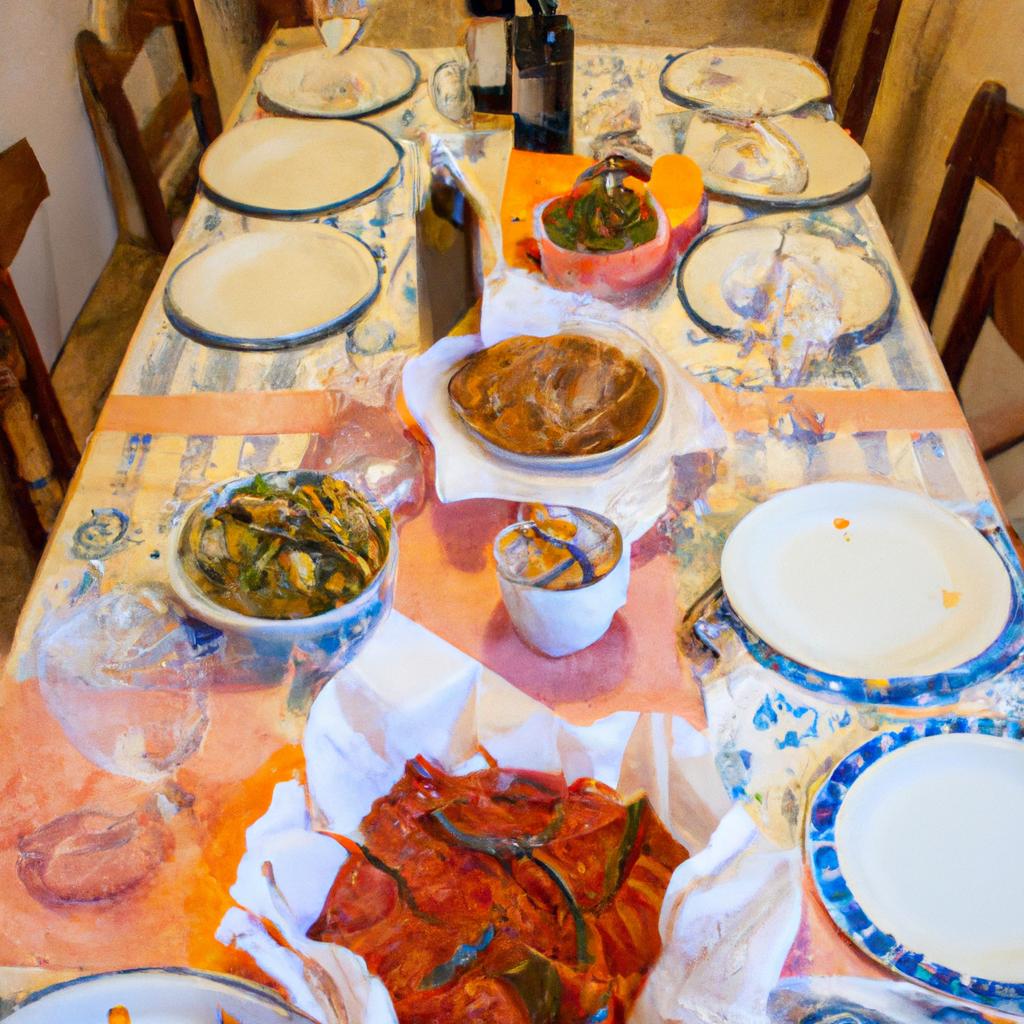
A delicious, traditional Sicilian meal served in a rustic restaurant
The origins of the Sicilian Mafia can be traced back to the 19th century when Sicily was still part of the Kingdom of Naples. During this time, Sicily was plagued by poverty, violence, and political corruption. In response, the Mafia emerged as an alternative system of governance, providing protection and resolving conflicts among its members.
The influence of the Mafia grew throughout the 20th century, particularly in the United States, where many Sicilian immigrants settled. The Mafia engaged in activities such as extortion, money laundering, illegal gambling, and drug trafficking. The organization has also been involved in numerous violent crimes, including murder and assault.
The Mafia operates on a strict hierarchy, with each member holding a specific rank and fulfilling a distinct role. At the top of the hierarchy is the boss, or capo di tutti capi, who oversees all Mafia activities. Below the boss are the underboss, consigliere, and caporegime, responsible for running specific operations and supervising lower-ranking members.
In addition to its hierarchical structure, the Mafia adheres to a strict code of conduct known as omertà. This code forbids members from cooperating with law enforcement, revealing the organization’s secrets, or betraying fellow members. Violating the code of omertà can result in severe consequences, including death.
Filming Locations in Sicily
The Godfather is renowned for its breathtaking cinematography and the use of authentic filming locations in Sicily. These locations have become must-visit destinations for fans of the film, contributing to the rise of tourism on the island.
One of the most iconic filming locations is Corleone, the town that inspired the Corleone family’s name. However, Corleone did not appear in the Godfather movie, as it was considered too modern for the film’s 1940s setting. Another famous location is Castelvetrano, where the memorable olive oil scene was filmed. Visitors can still admire the olive groves and mills seen in the film, along with a plaque commemorating the production.
In addition to these locations, the Godfather also filmed in several stunning Sicilian towns and cities, including Palermo, Messina, and Catania. These locations were selected for their historical significance, stunning architecture, and breathtaking landscapes, enhancing the film’s authenticity and appeal.
Today, tourists can partake in Godfather-themed tours, exploring the film’s most famous locations and learning about the island’s history and culture. With its splendid scenery, rich history, and vibrant culture, Sicily continues to captivate audiences worldwide.
Influence of the Godfather on Sicilian Tourism
The Godfather has had a profound impact on Sicilian tourism, attracting visitors from around the globe who seek to experience the film’s iconic locations and immerse themselves in the history and culture of the Mafia. In this section, we will delve into the rise of Godfather-themed tours and experiences in Sicily and their significance in promoting Sicilian tourism.
Increase in Tourism
Since the release of the Godfather, Sicily has experienced a significant surge in tourism, with travelers flocking to the island to soak up its culture and history. Many visitors specifically come to visit the film’s iconic locations, such as Savoca, Forza d’Agrò, and Taormina.
The Godfather has played a vital role in putting Sicily on the tourist radar, showcasing the island’s magnificence, culture, and history to a global audience. The film has also raised awareness of Sicilian cuisine and wine, which feature prominently and fill Sicilians with pride.
Godfather-Themed Tours and Experiences
The popularity of the Godfather has led to the emergence of themed tours and experiences in Sicily. These tours offer visitors the opportunity to explore the film’s iconic locations and gain insights into the history and culture of the Mafia.
Typically, Godfather-themed tours include visits to Bar Vitelli, the Church of Sant’Agostino, and other filming locations in Savoca and Forza d’Agrò. Some tours may extend to other Mafia-related sites, such as the Mafia Museum in Corleone or the Palermo Catacombs.
In addition to tours, visitors can indulge in the Godfather through food and wine experiences. Many restaurants in Sicily offer Godfather-themed menus, featuring dishes inspired by the film or the Mafia’s history. Travelers can savor Sicilian wines, including the renowned Nero d’Avola, prominently featured in the film.
Conclusion
The Godfather has left an indelible mark on Sicily, immortalizing the island’s splendor, history, and culture on a global stage. Through its iconic locations and captivating storyline, the film has played a pivotal role in promoting Sicilian tourism and showcasing the island’s gastronomic delights.
The connection between the Godfather and Sicily is not just about the film’s locations; it also delves into the history and culture of the Mafia, intricately intertwined with Sicilian society. The Godfather shines a light on this complex and fascinating world, providing a glimpse into a realm both enthralling and multifaceted.
In conclusion, the impact of the Godfather on Sicily cannot be overstated. It has placed the island firmly on the tourist map, promoting its culture and history to a global audience. For fans of the film and those interested in the history and culture of the Mafia, Sicily is an absolute must-visit destination, offering a unique and unforgettable experience.
